
Regional Tea Varieties of India
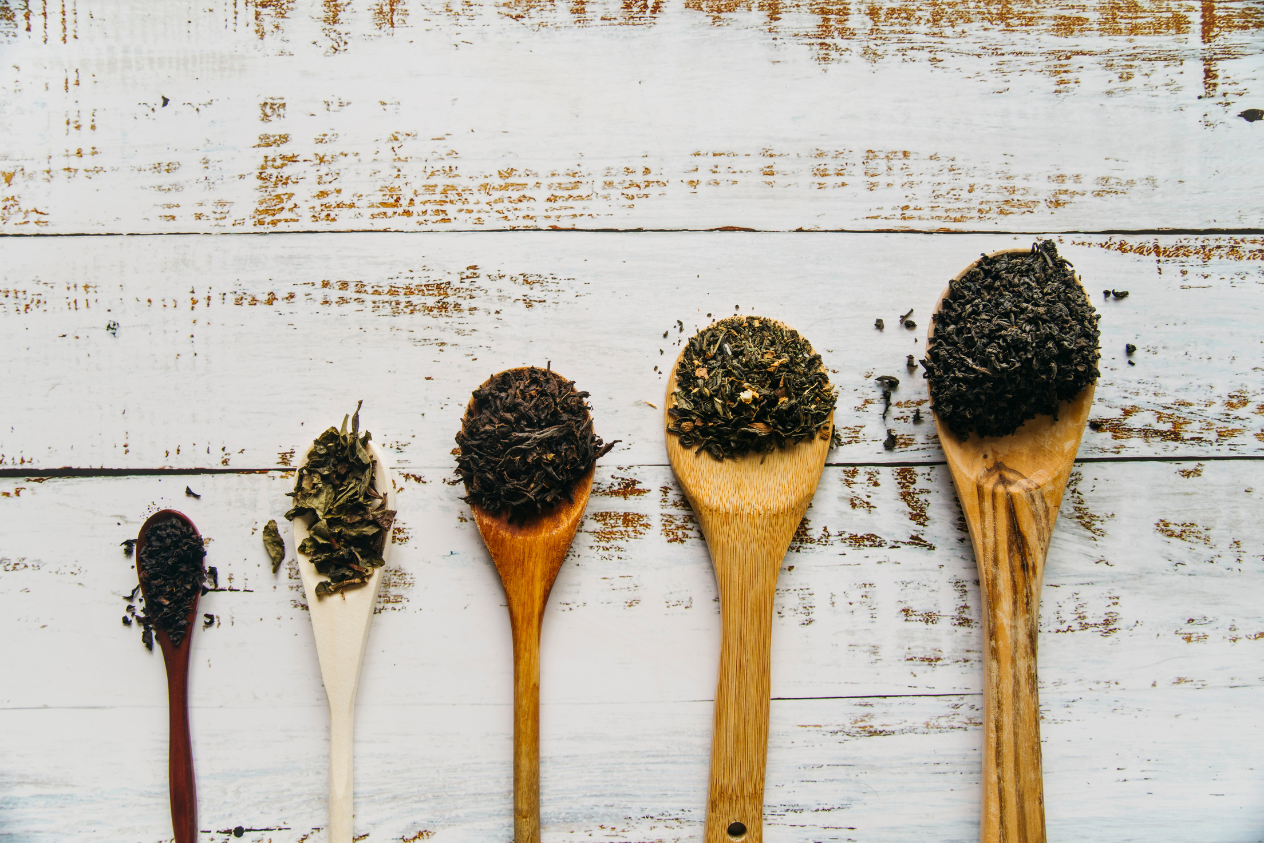
India's tea heritage is as diverse as its terrain, from the mist-covered mountains of Darjeeling to the green valleys of Assam and the wind-swept slopes of Nilgiri. Tea in India is not just a beverage; it's a tradition, ritual, and occasionally a way of life. Second-largest tea producer globally, India boasts an astounding diversity of regional teas, each with its distinctive flavour, scent, and terroir.
Understanding India's regional teas is like embarking on a cultural and sensory voyage through the nation's soul, regardless of your level of sophistication. Let's learn more about the most popular Indian tea varieties by geographical area.
1. Assam: The Land of Audacious Beers
Due to their intricacy of maltiness, deep amber colour, and rich flavour, Assamese tea varieties are famous throughout the world. The tropical weather and plentiful rainfall in the low-lying Brahmaputra Valley, where Assam tea is cultivated, contribute to its strength. It forms the basis of traditional Indian masala chai and is employed commonly in English breakfast teas internationally. Important Assamese Tea Varieties
- Strong and colourful Assam CTC tea is the perfect choice for milk tea.
- Hand-processed traditional Assamese tea is finer, refined, and scented.
- Golden Tips and Tippy Teas have silken golden tips and a hint of sweetness.
Brewing Tip: Milk and a pinch of ginger or cardamom are the perfect pair for Assamese tea. To indulge in the richness, try your best.
2. The Champagne of Teas: Darjeeling
Darjeeling tea is the blue ribbon of Indian teas, located in the Himalayan foothills. It has been granted the sobriquet of being the “champagne of Teas” due to its slender body, floral flavour, and muscatel bouquet. It is the subtlety of flavour character of Darjeeling tea, which differs from each flush (harvest), that makes it special.
Flush Types:
- Spring First Flush: fragrant, light, floral.
- Muscatel, fruitier, and richer is the summer (second flush).
- Autumn Flush: Coppery, creamy, and mellow.
Top Darjeeling tea brands here:
- The Makaibari Tea Estate
- The Glenburn Tea Estate
- Margaret's Aspirations
- The Goodricke
- Tea with Thunderbolt
Brewing Tip: Brew milk-free Darjeeling tea at about 85°C, ideally in a porcelain teapot. Allow the leaves three or four minutes to infuse.
3. Nilgiris: The Fragrant Gift of the Blue Mountains
Moving south, another less well-known but no less captivating tea adventure is found in Tamil Nadu's Nilgiri Hills. The eucalyptus, citrus, and floral-flavoured teas, medium-bodied and smooth, are made in the cooler, high-altitude climate.
Nilgiri tea differs from Darjeeling tea in that it has a strong but silky nature and scented finish, while Darjeeling tea is prized for its light and muscatel quality. Nilgiri tea is a versatile choice since it can be made well either as black or iced tea.
Notable Nilgiri Tea Estates:
- The Chamraj Tea Estate
- The Korakundah Tea Estate
- The Highfield Tea Factory
Brewing Tip: Nilgiri tea is best brewed straight or with the addition of a splash of lemon. It's also a perfect base for flavours and cold brews. 4. Kangra: The Secret of the Himalayas
4. Kangra: The Himalayan Secret
One of India's lesser-known regional teas is grown in the Kangra Valley, located in the state of Himachal Pradesh. Kangra tea has been grown since the 1850s and is mainly a combination of green, lightly oxidised black tea. It is typically contrasted with Chinese green teas lightly and displays floral flavour and light astringency.
Why It's Different:
- Planted between 900 and 1400 meters of elevation.
- Ideal for those who prefer light-bodied, low-caffeine teas.
- Hand-picked with great care through traditional processes.
Recommended Brewing: Steep two or three minutes in almost boiling water. To preserve its multi-dimensional flavours, do not add milk.
5. Sikkim: The Himalayan Marvel of Temi Tea Estate
The Temi Tea Estate is among India's finest operated organic tea gardens and is found in Sikkim, although the estate is small. Although more fruit-oriented and stronger, the teas produced from this region share the same personality as Darjeeling.
Highlights of Temi Tea:
- Rose, honey, and stone fruit notes.
- Grown organically at high elevations.
- Renowned globally for its flavour and eco-friendliness.
Brewing Tip: This tea can be enjoyed straight or flavoured with a drop of honey. It's the perfect cup for navel-gazing on lazy afternoons.
6. Terai & Dooars: The Silent Workhorses
The Dooars and Terai districts between the Bengal plains and Himalayan foothills produce strong, mid-range teas that are useful commercially in blends, but more frequently passed over in favour of Assam and Darjeeling. Not high status, they are significant in India's mass market tea economy.
Profile of Flavour:
- Less earthy and less malty than Assam.
- Good for everyday chai, strong colour and flavour.
Brewing Tip: Ideal for use in milk tea and masala chai recipes.
7. Northeastern Indian regions of Manipur, Arunachal, and Nagaland
With standing courage to innovate, new artisanal tea-growing areas of Manipur, Arunachal Pradesh, and Nagaland are growing wild and organic teas. These are white teas, purple teas, and smoked teas with characteristic flavour, which are in harmony with the region's biodiversity.
Highlights of the Region:
- Manipur black tea is hand-rolled and naturally sweet.
- Arunachal Pradesh's whites are grassy and light.
- Nagaland smoked teas are strong and full-bodied.
- The future of boutique creativity in tea is embodied in these regionally specified Indian tea varieties.
Brewing Tip: Employ lower temperatures, brief infusion periods, and multiple steepings to brew the teas similar to Japanese or Chinese fine teas.
8. Maharashtra & Western Ghats: The Tea Revivalists
Although not renowned for their tea, Maharashtra (Kolhapur) and some of the Western Ghats have begun cultivating speciality teas through agrotourism and sustainability projects. These include herbal infusions, green teas, and even kombucha bases.
Reasons to Try Them:
- Low carbon footprint, grown locally.
- Focus on wellness blends that feature ginger, tulsi, and lemongrass.
- Some are fair-trade and certified organic.
India has tea for every moment, each meal, and every memory. Every cup is a geography lesson and a culture leap, whether you're learning the muscatel secrets of Darjeeling, the assertive thud of Assam, or the refreshing aroma of the Nilgiri.
Follow Foodism for more such interesting news!
Related Blogs
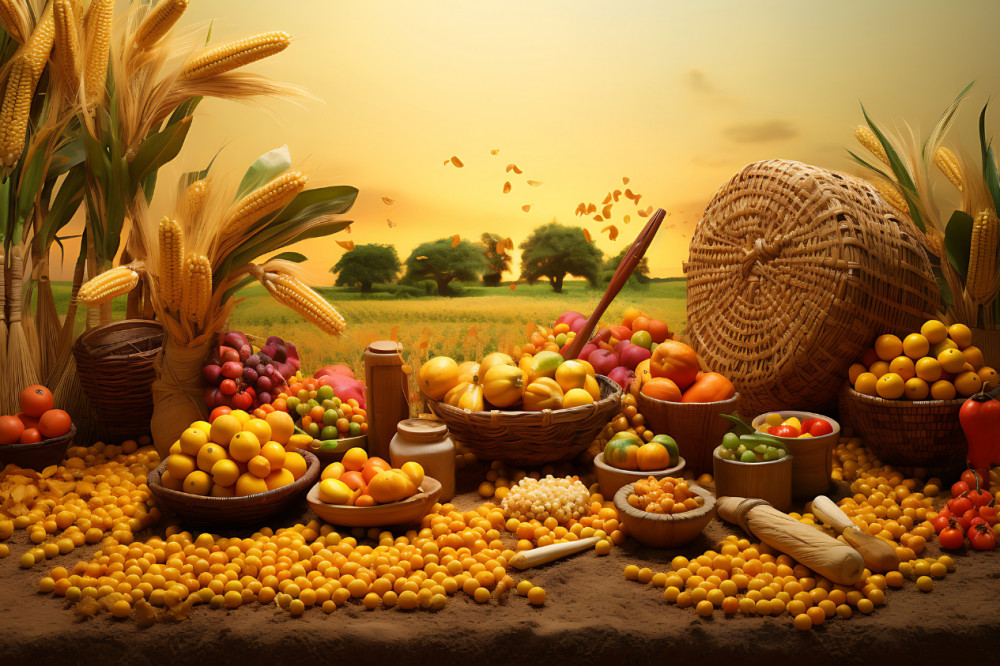
Flavours of Mizoram: The Harvest Table You Need to Try
41 Views
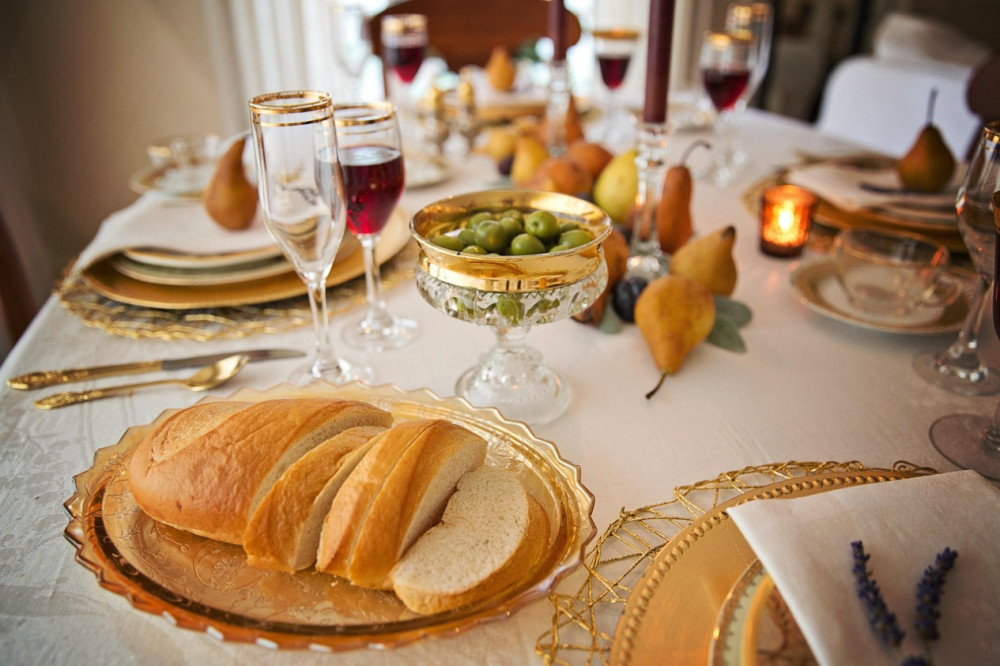
Fusion Thanksgiving: India-Inspired Global Feast
84 Views
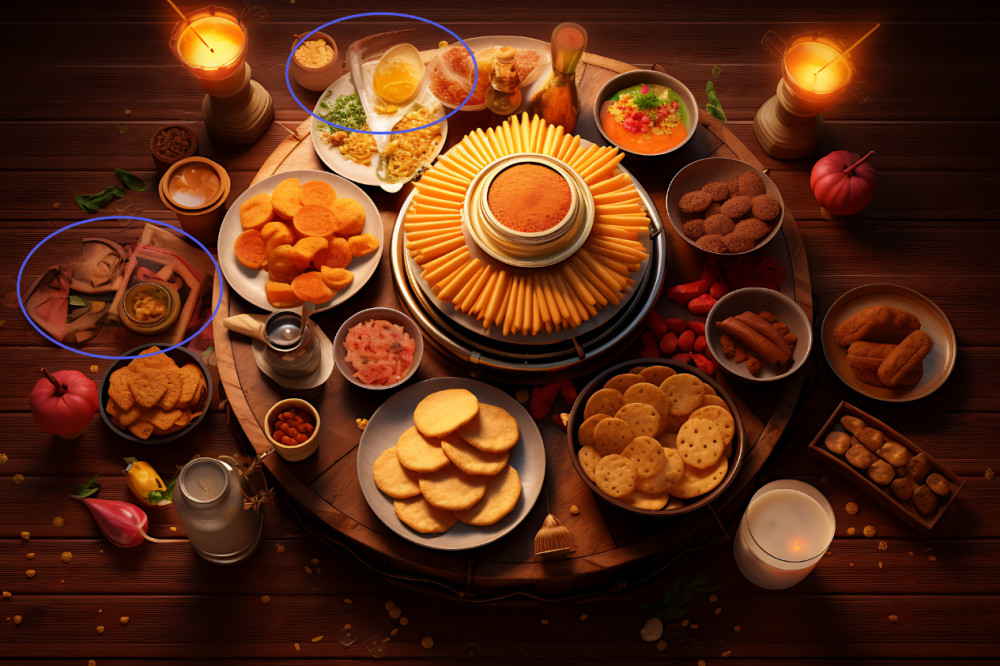
Food Offerings and Festive Plates of Kartik Purnima
184 Views
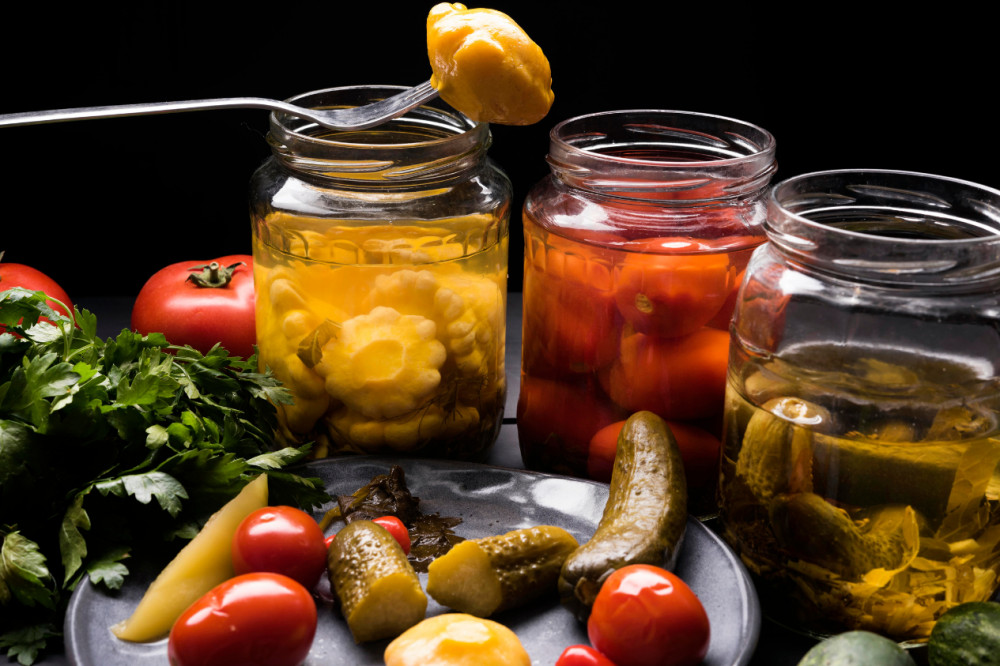
The Science of Ferment: Easy Homemade Fermented Foods
135 Views
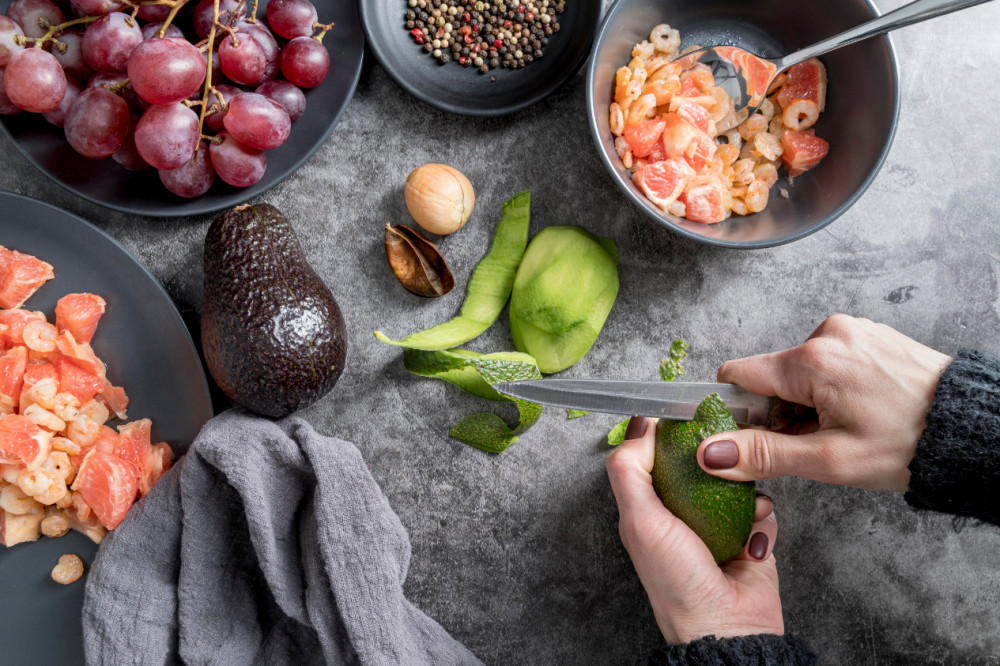
Zero-Waste Cooking: 7 Dishes That Use Every Bit
134 Views